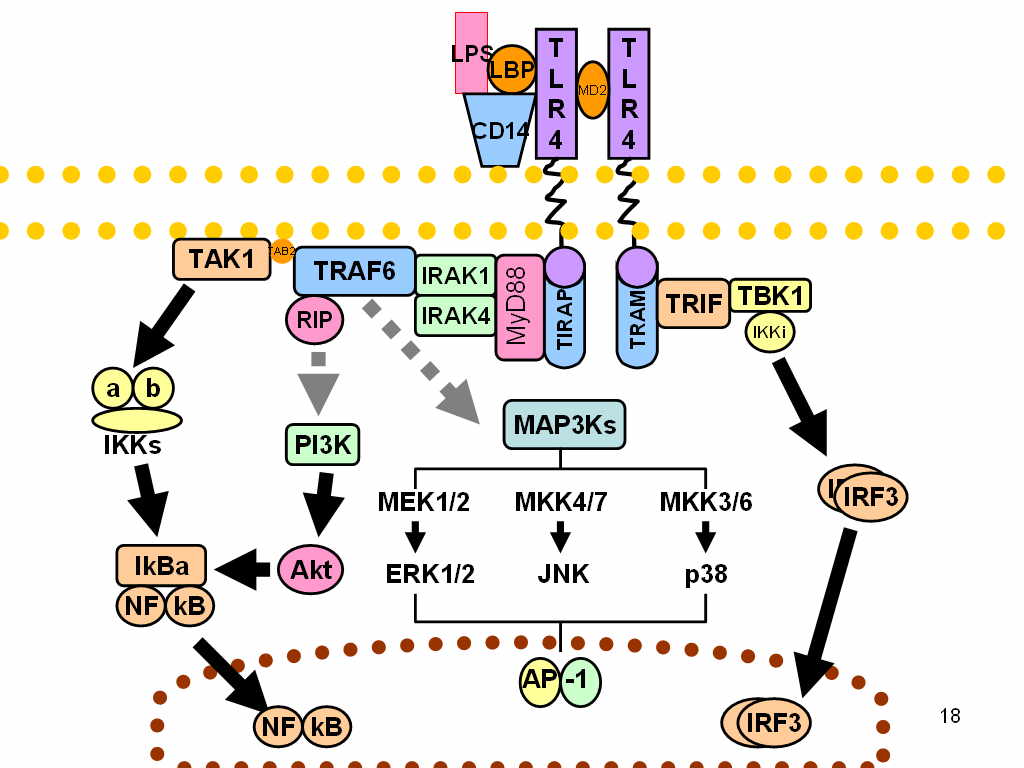CD14
| CD14 molecule | |||||||||||
|---|---|---|---|---|---|---|---|---|---|---|---|
| Identifiers | |||||||||||
| Symbols | CD14 ; | ||||||||||
| External IDs | Template:OMIM5 Template:MGI HomoloGene: 493 | ||||||||||
| |||||||||||
| RNA expression pattern | |||||||||||
 | |||||||||||
| More reference expression data | |||||||||||
| Orthologs | |||||||||||
| Template:GNF Ortholog box | |||||||||||
| Species | Human | Mouse | |||||||||
| Entrez | n/a | n/a | |||||||||
| Ensembl | n/a | n/a | |||||||||
| UniProt | n/a | n/a | |||||||||
| RefSeq (mRNA) | n/a | n/a | |||||||||
| RefSeq (protein) | n/a | n/a | |||||||||
| Location (UCSC) | n/a | n/a | |||||||||
| PubMed search | n/a | n/a | |||||||||
CD14 is a membrane-associated glycosylphosphatidylinositol-linked protein expressed at the surface of cells, especially macrophages.
CD14 takes its name from its inclusion in the cluster of differentiation group of cell surface marker proteins.
CD14 was the first described pattern recognition receptor.
Function
CD14 acts as a co-receptor (along with the Toll-like receptor TLR 4 and MD-2) for the detection of bacterial lipopolysaccharide.

Production
A soluble form sCD14 is secreted by the liver and monocytes and is sufficient in low concentrations to confer LPS-responsiveness to cells which otherwise do not express CD14.
Differentiation
CD14+ are monocytes that can differentiate into a host of different cells. (A '+' sign refers to the presence of the CD14 protein on a cell. )
One type of cell is the dendritic cell, where differentiation is encouraged by cytokines. Examples of cytokines that will cause dendritic cell differentiation includes GM-CSF and IL-4.
External links
- CD14+Antigens at the US National Library of Medicine Medical Subject Headings (MeSH)
References
Further reading
| This protein-related article is a stub. You can help Wikipedia by expanding it. |
| This protein-related article is a stub. You can help Wikipedia by expanding it. |